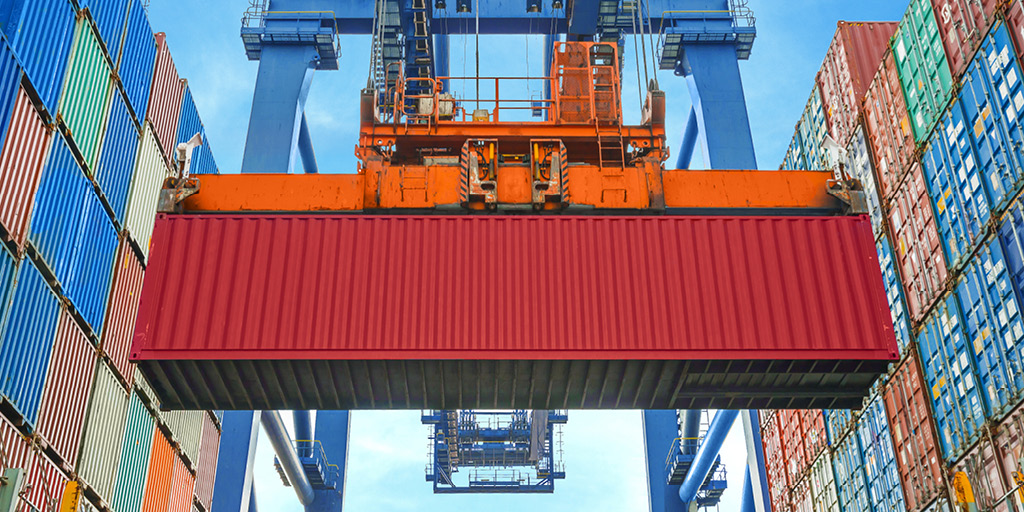Drayage service transports freight from an ocean port to an initial inland destination in a specific context. Such shipments usually travel no more than 50 miles.
For example, drayage services transport containers from a railyard to a warehouse. At the warehouse, the containers are sorted, segmented, and routed to the final destination.
There is plenty of risk for errors and missteps without the proper visibility and technology to control delays, communications, and volatile drayage service charges. Visibility gaps increase the risk of delays and cost spikes.
Poor visibility in drayage can slow the entire process and result in lost customers and perhaps cargo loss, especially if cargo is time-sensitive or perishable.
A trusted TMS can assist in closing such gaps and improve drayage service management through better efficiency with world-class transportation management technology.
Why Is Drayage Service Harder to Manage?
Highway congestion, railway delays, chassis shortages, poor connectivity, and outdated software add to the transportation issues when dealing with drayage service. Choosing a world-class TMS that connects to more drayage providers, such as a digital freight brokerage, can solve these issues and provide continuous growth by unifying drayage with all other transportation needs in one overarching system of record.
How a TMS Gives You Centralized Drayage Service Management
The main concerns that surround managing drayage service are shipment visibility, delays due to reshuffling, and limited carrier capacity.
Without proper management and efficiency, the problems will never be resolved, resulting in higher costs and no insight into drayage logistics. These issues can be minimized with the help of a TMS that provides visibility features, such as analytics-based insights and automated exception notifications.
Therefore, an automated TMS can provide secure capacity to avoid potential disruptions and offer intelligent solutions to drayage service management like:
- Real-time tracking of container location.
- Visibility to reduce confusion and optimize capacity.
- Maximize the use of chassis and containers.
Provide real-time rerouting capabilities throughout the entire fleet. - Optimization capabilities to minimize added charges like per diem rates.
Calculate your potential Saving While Using an enterprise TMS
Increase Drayage Service Efficiency WIth the Right TMS Solution
The demand for drayage services shows no signs of slowing down despite issues with poor visibility, tight capacity, and rising costs. As the industry continues to grow and expand, the importance of digital freight matching through a TMS like MercuryGate grows as well.
And by leveraging such resources, shippers will more easily be able to boost drayage service efficiency, reduce confusion regarding container status, and plan for the inevitable deconsolidation and consolidation of freight before and after drayage.
A dedicated TMS has the capability and tools to offer intelligent solutions to rising issues in capacity struggles, lack of visibility, and lower drayage costs. To improve your drayage service management and reduce demurrage or added drayage costs, contact MercuryGate for the best solution.


